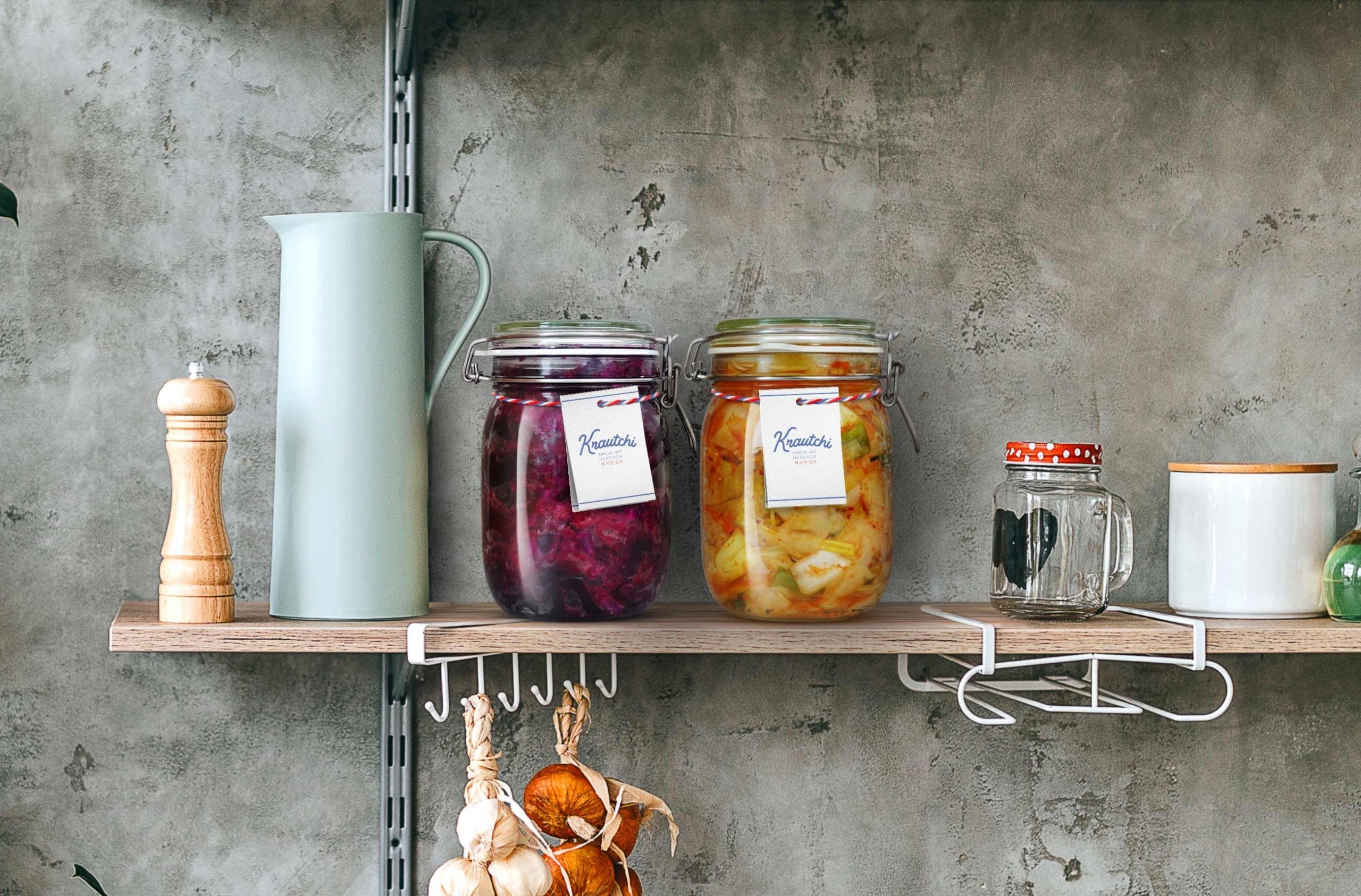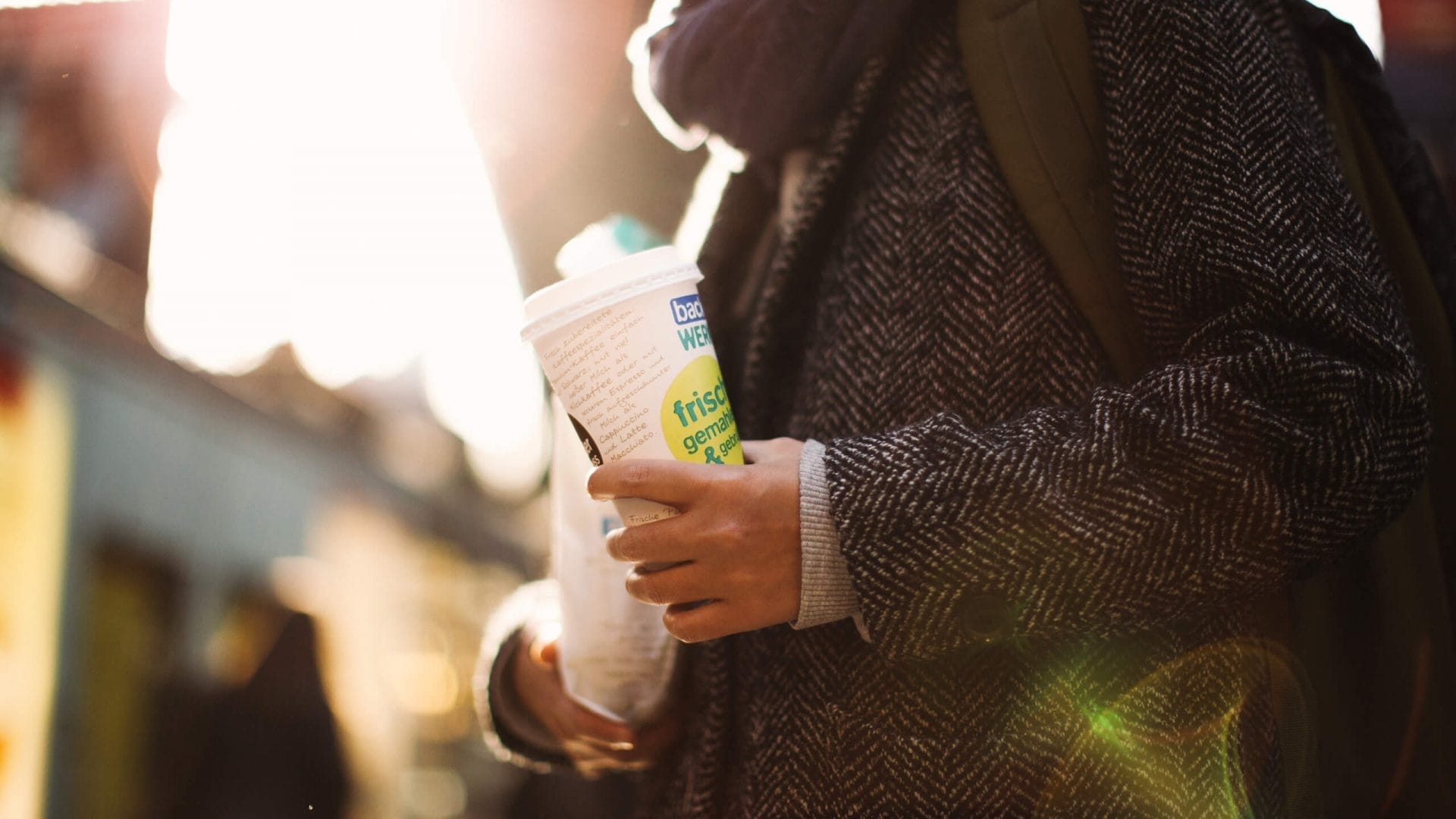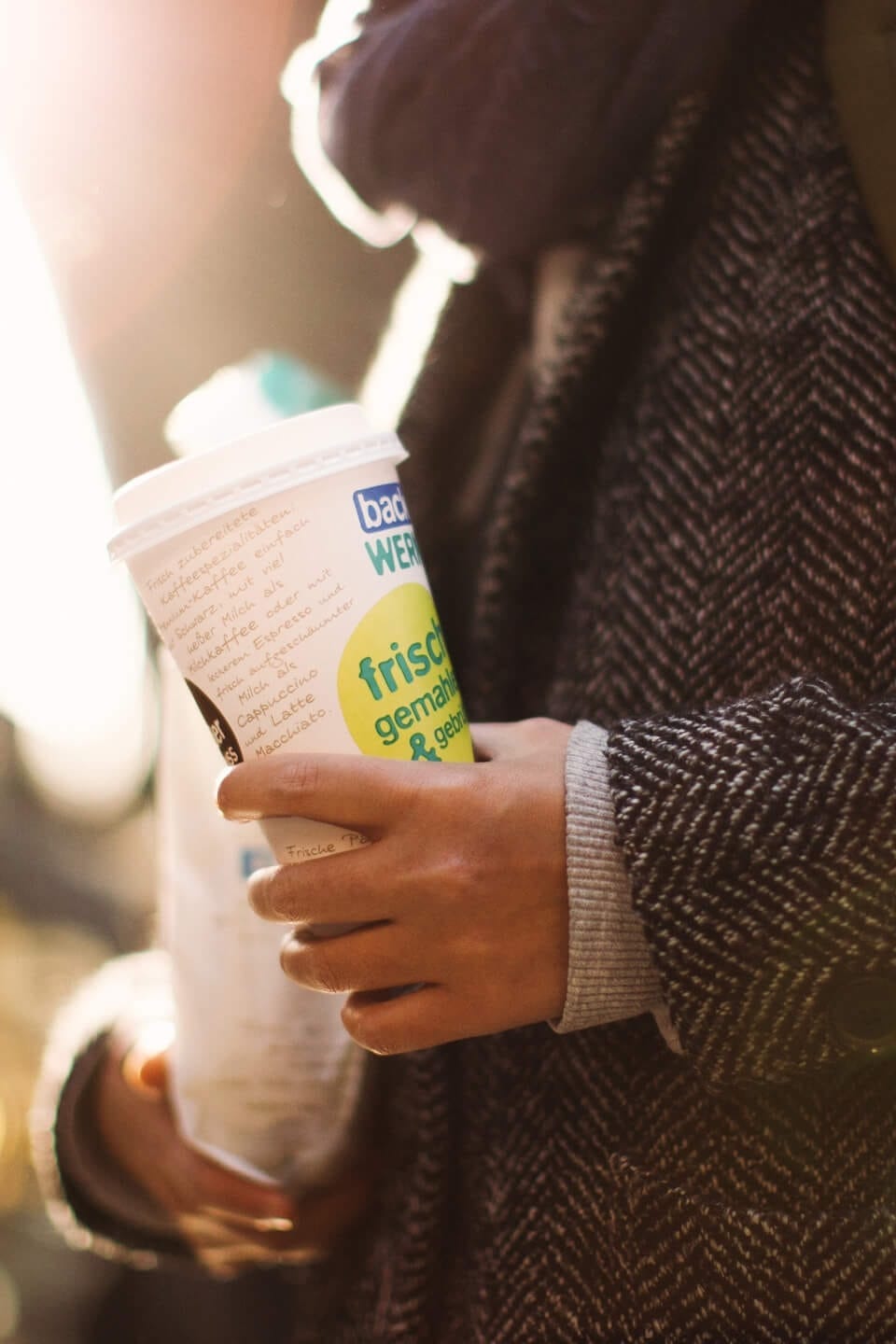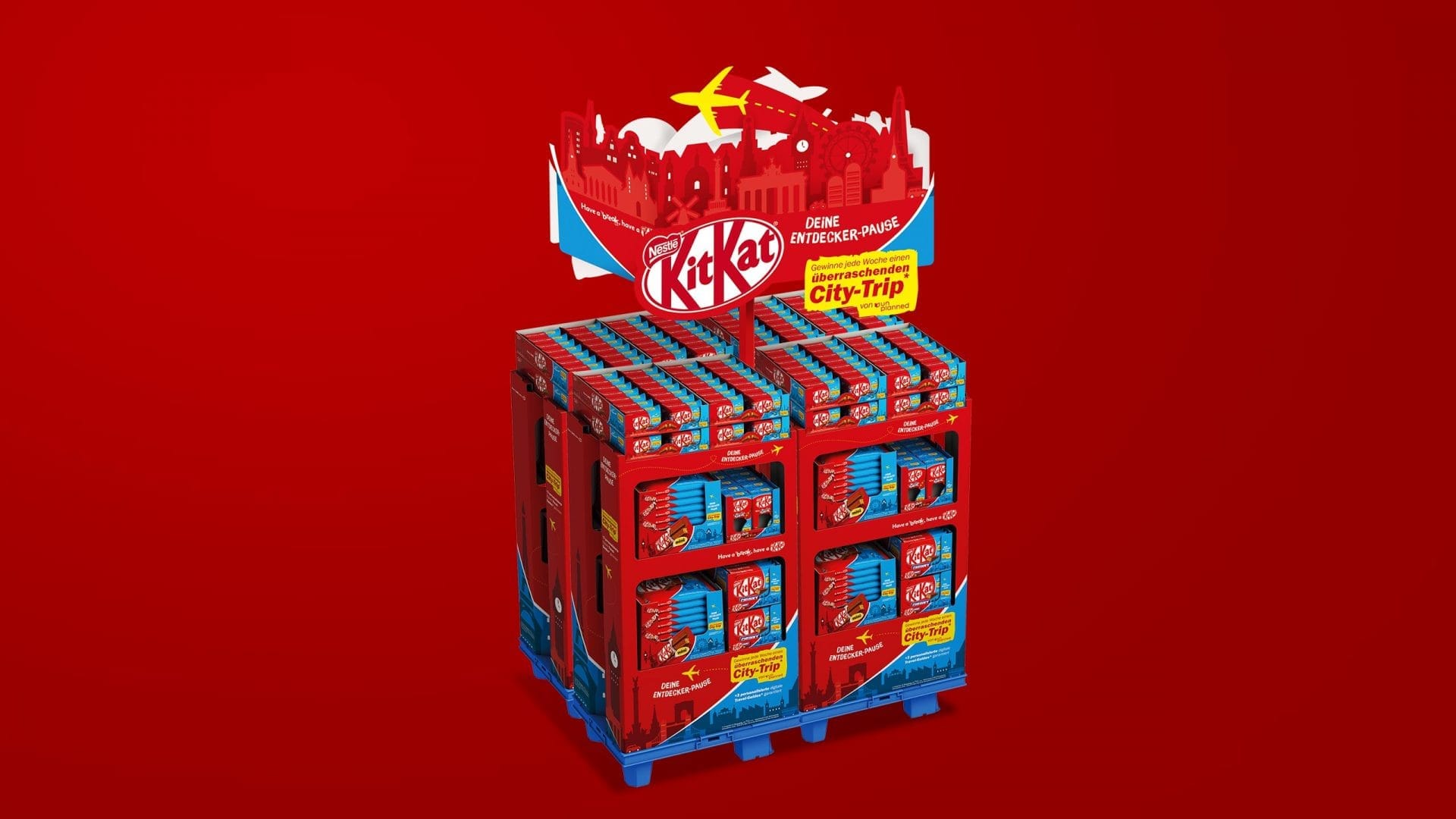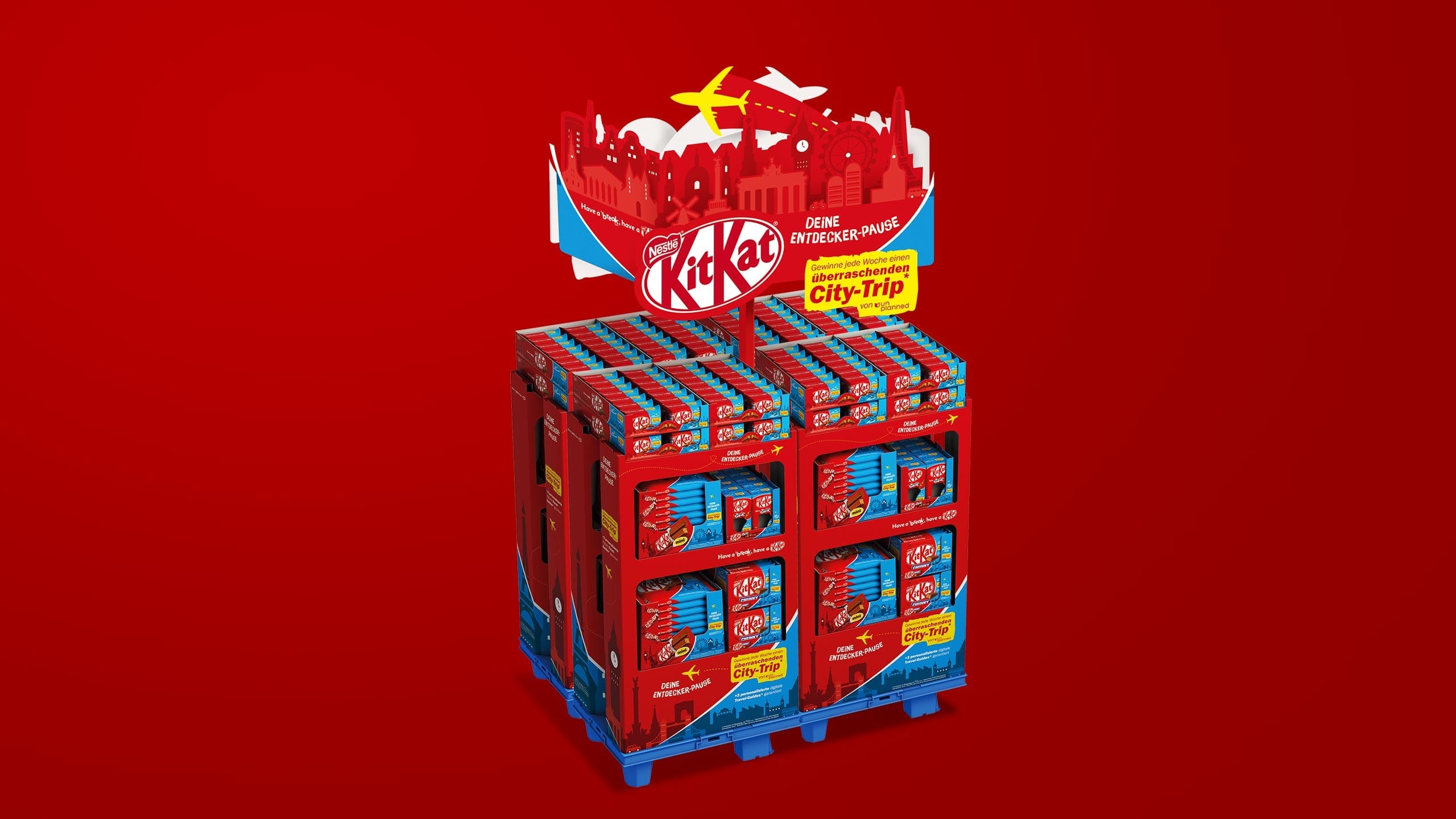Krautchi
We have packaged the global kimchi hype of recent years into a down-to-earth recipe "uff hessisch".
Services
Hessian Kimchi. Our Food Lab has come up with a recipe that combines this Korean staple with Hessian influences. Without further ado, we present to you a brand that will extend the reach of the wonderful kimchi to the German state of Hesse.
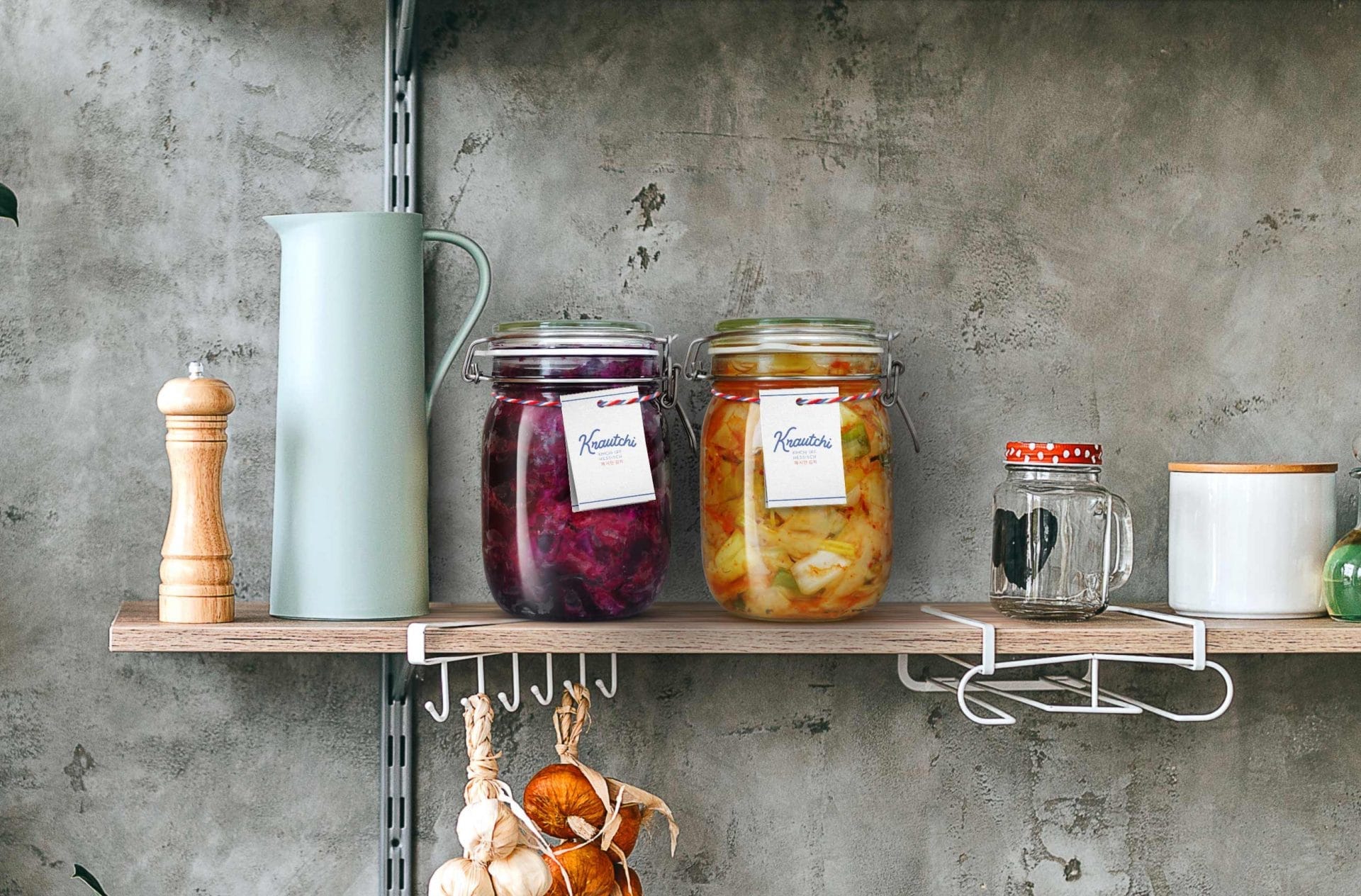
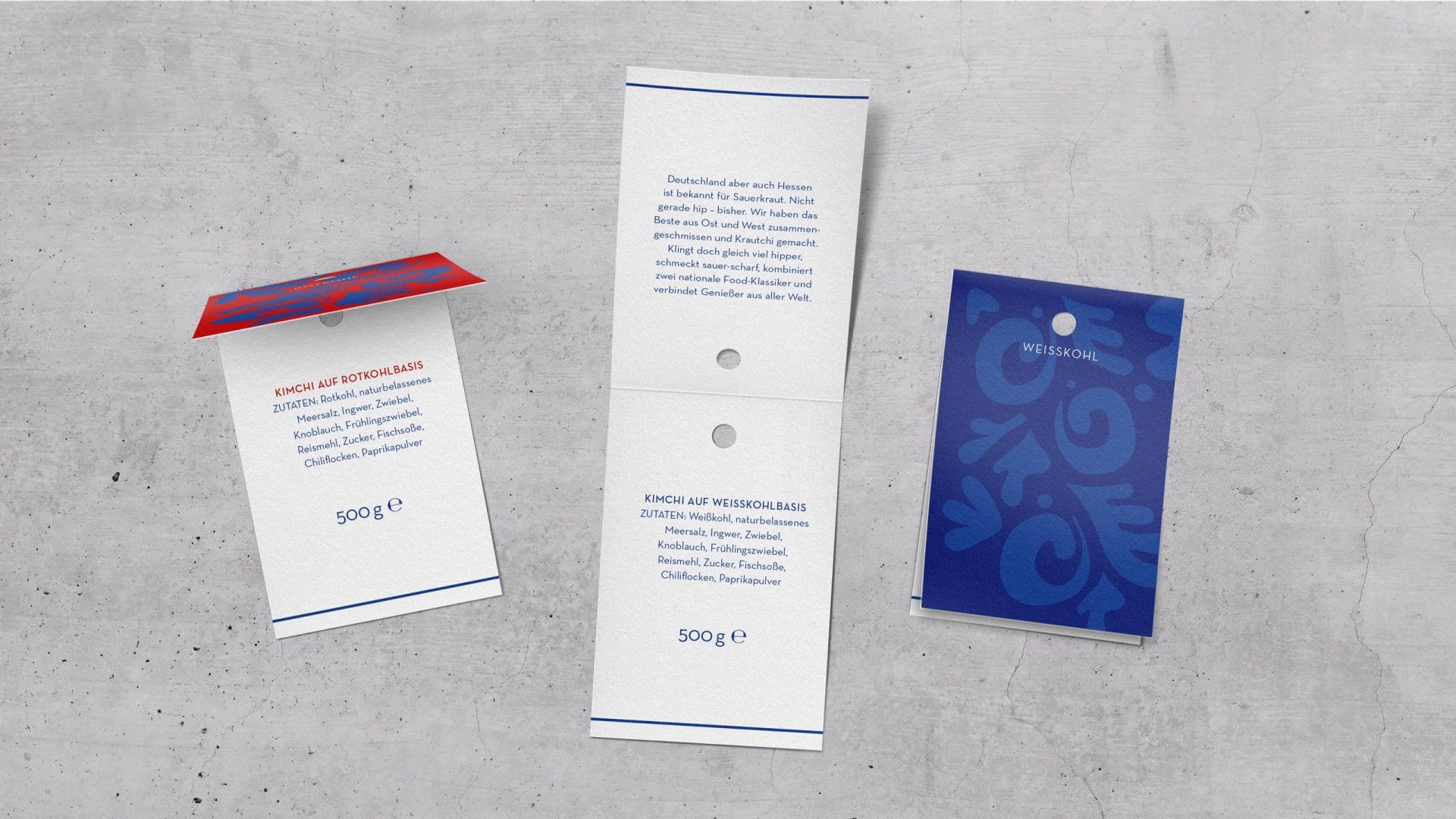
What would German cuisine be without cabbage? Pretty poor. At first glance, the differences between the metropolises of Seoul and Frankfurt (the smallest metropolis in the world) could hardly be greater. But if you look at the love for the “herb”, the similarities quickly become apparent.
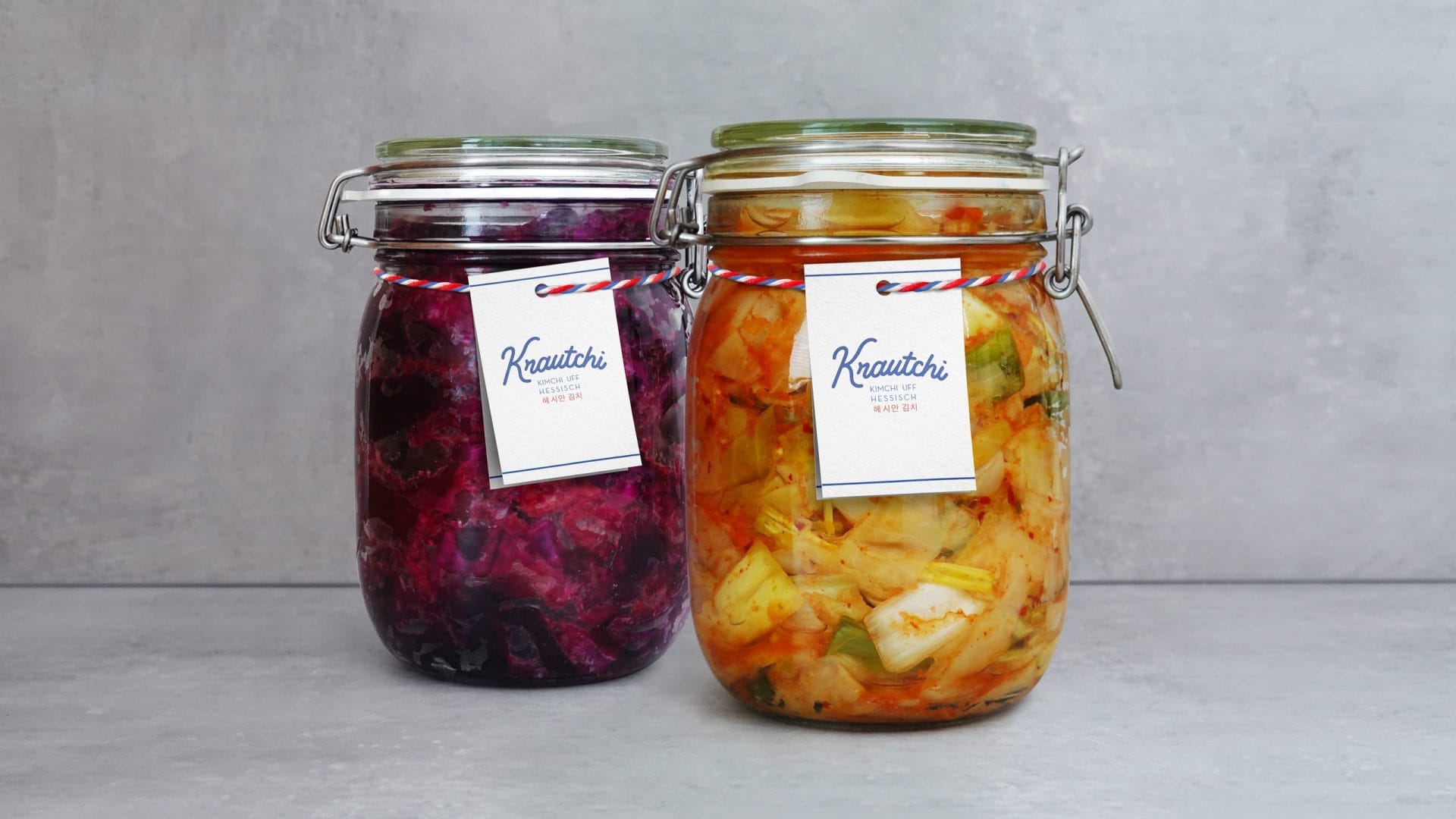
We have packaged the global kimchi hype of recent years into a down-to-earth recipe “uff hessisch”. Are you already familiar with our recipe development from Milkshake magazine? Click here for the cabbage series with many facets.
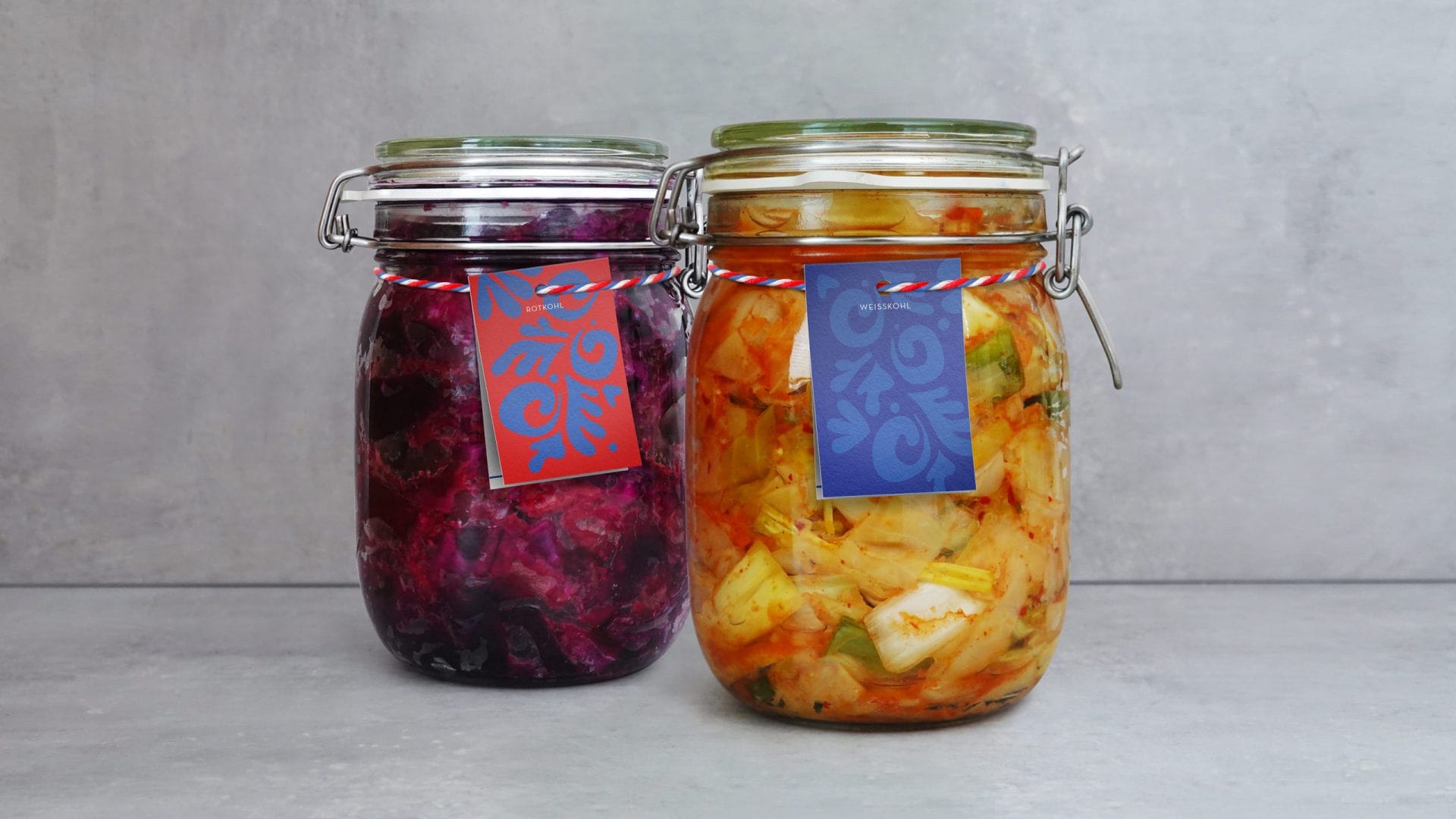
There’s nothing left for us to say other than: You absolutely have to try it!
Please send any enquiries, creative suggestions or sales ideas you may have about the “Krautchi” brand to our Food Lab team directly. Bon appetite to everyone nationwide, regardless of whether you’re young or old, from the East or from the West.
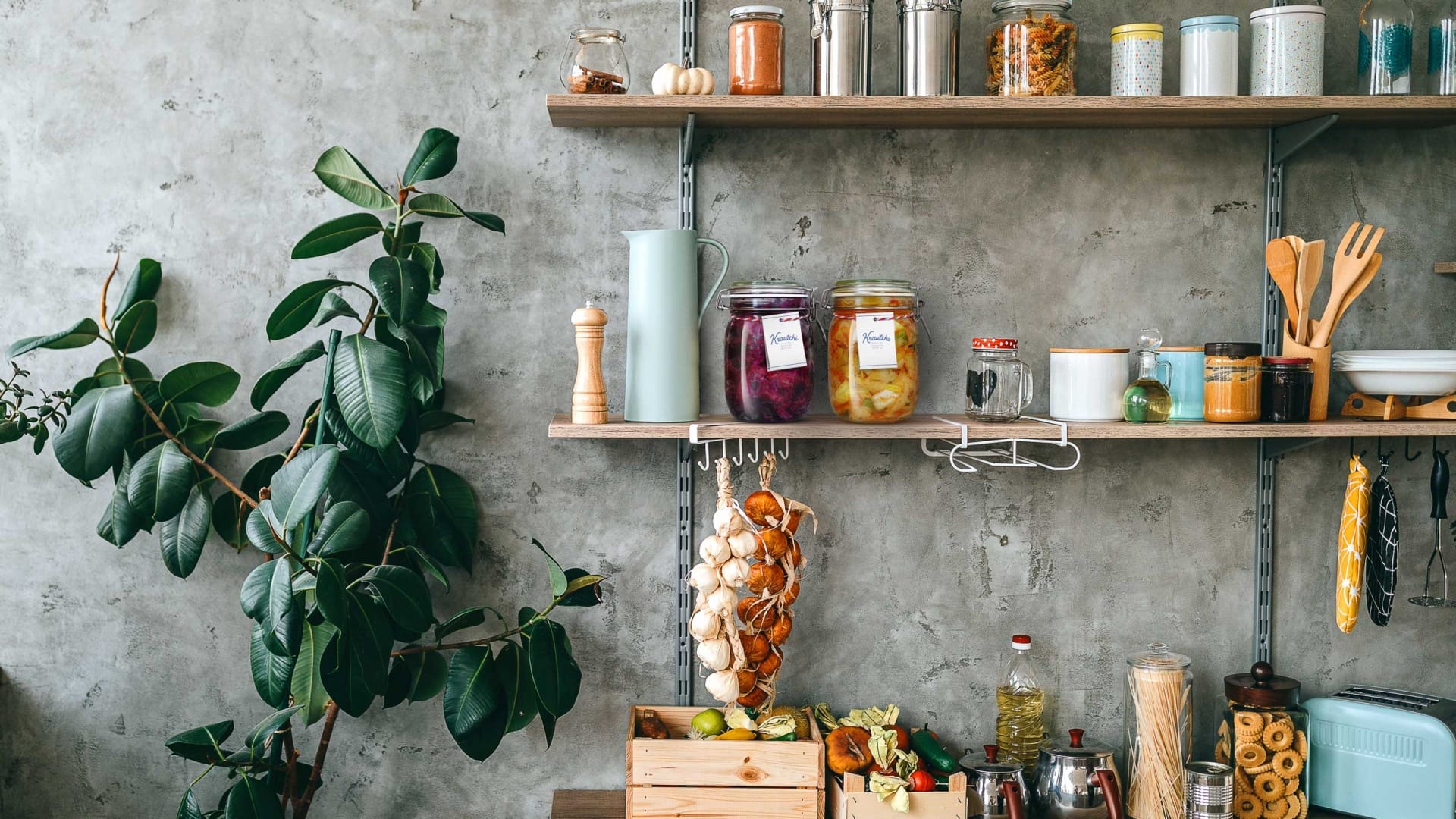
Did you know?
The Krautchi hangtags are not made of ordinary paper. We use the environmentally friendly Crush Paper from Favini in our concept. Favini’s Crush is an environmentally friendly paper series that is produced entirely with green energy. The paper consists of 40% post-consumer waste, which is recycled and added to the material. Organic residues from nuts or fruits are used to reduce waste and give by-products another function. Crush is FSC®-certified and available as a brochure, stationery, card or high-quality packaging paper. Further information on this production-ready “Material Star” from our database can be found here.
Glass as primary packaging has many advantages, but also an energy-intensive production and logistics process. In order for it to become sustainable packaging, it must be used for as long as possible, i.e. reused. That’s why we offer helpful tips in the small print of the packaging insert – so-called DIY suggestions for preserving recipes, tea light ideas and insect hotels.
In the future, we want to connect the shell (the jar) with the contents by developing a seed paper that contains the seeds for cabbage plants. If you plant the seed paper label in the empty Krautchi jar after eating it and follow the further instructions, a new head of cabbage will grow under certain conditions. However, the process is still at the design stage and we can look forward to seeing whether this further development of packaging can one day be realized.

